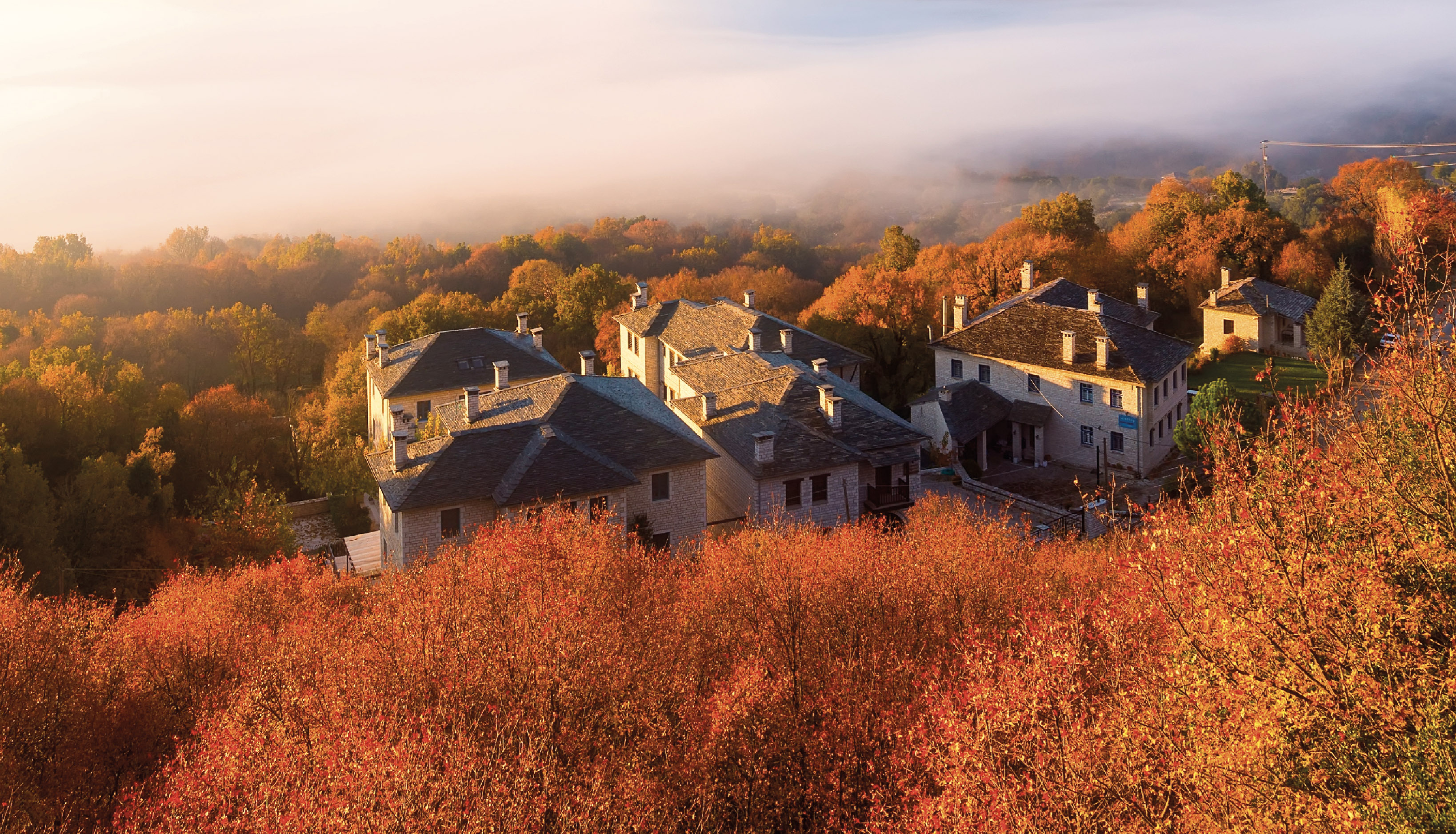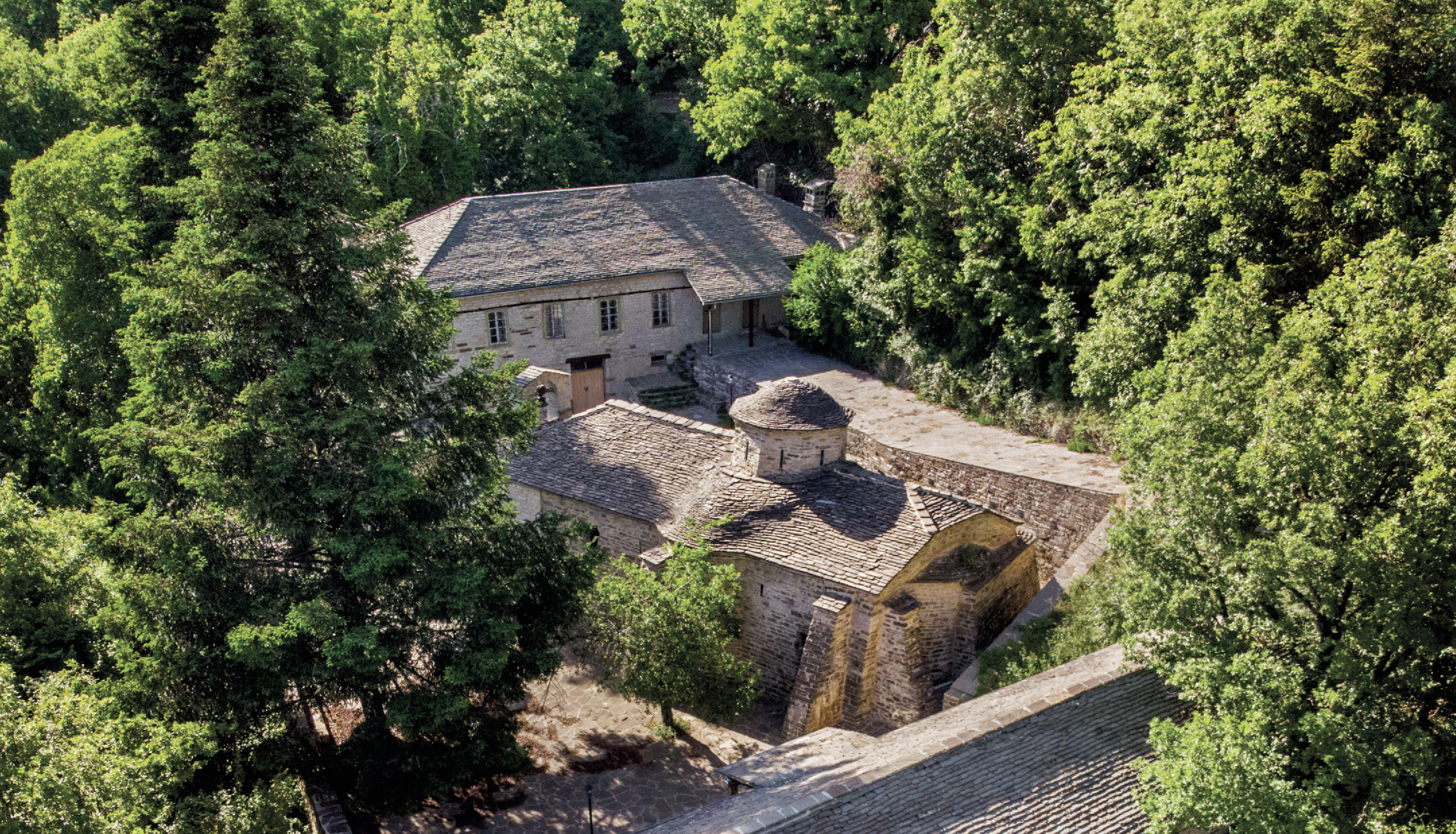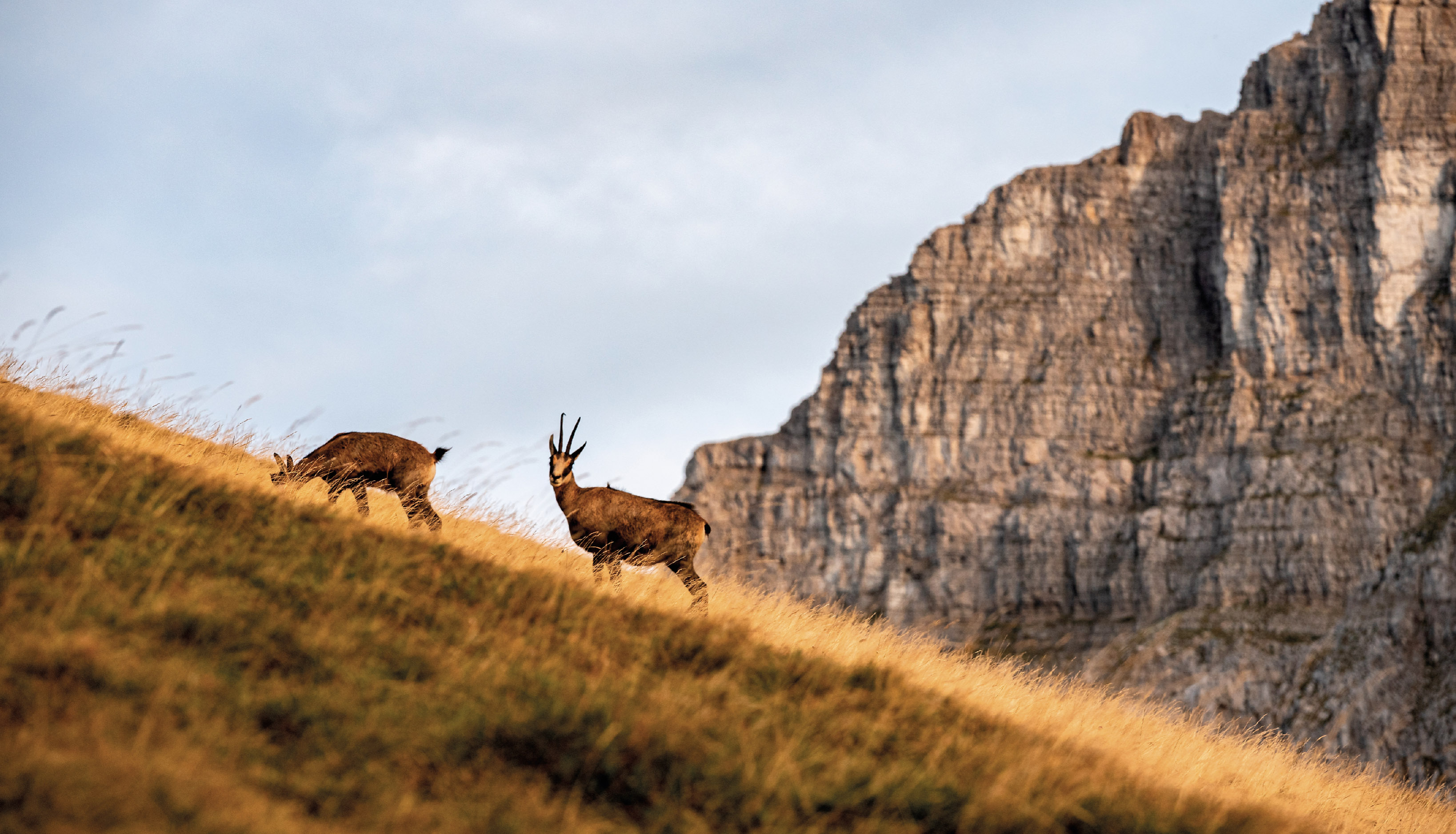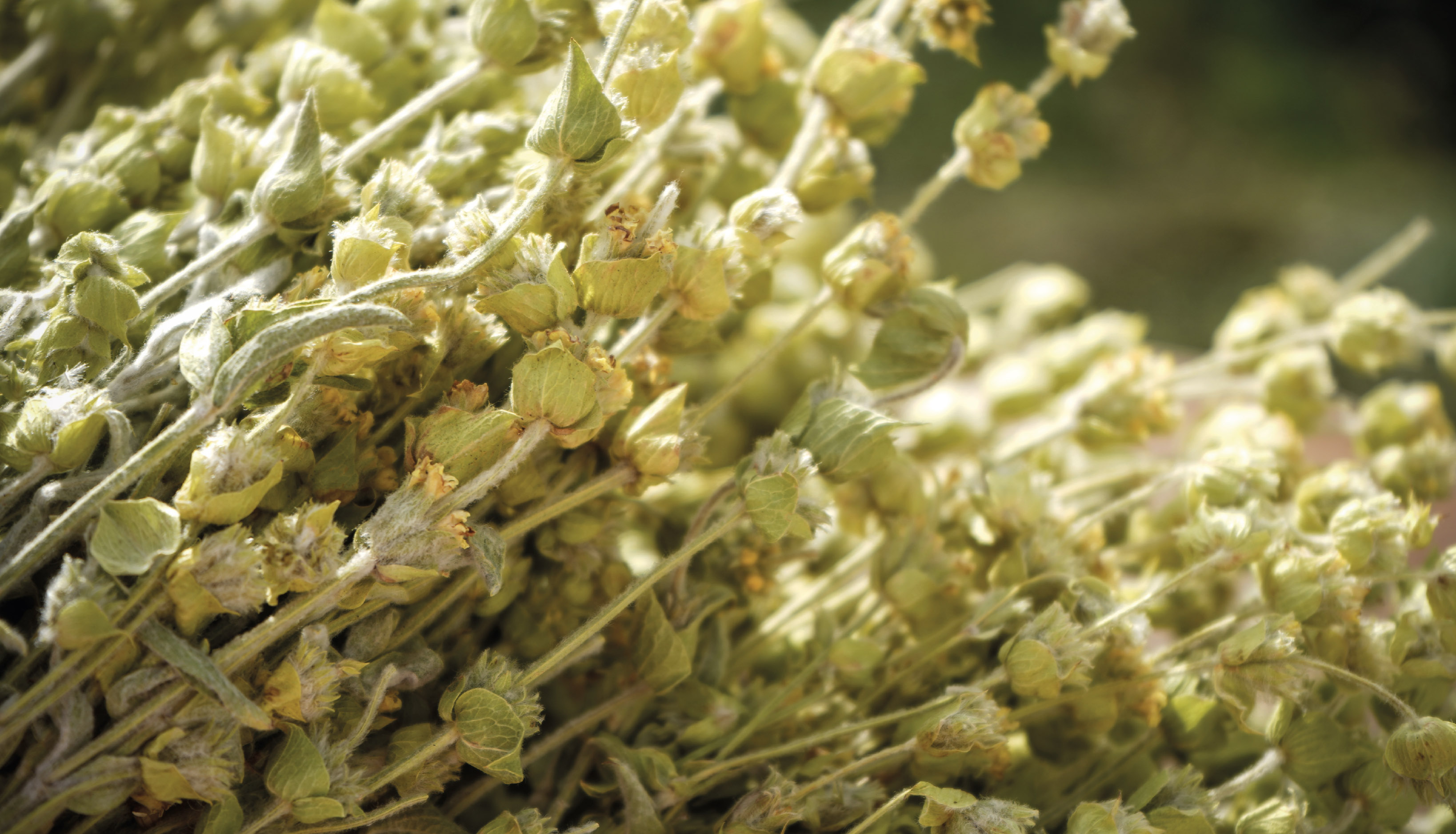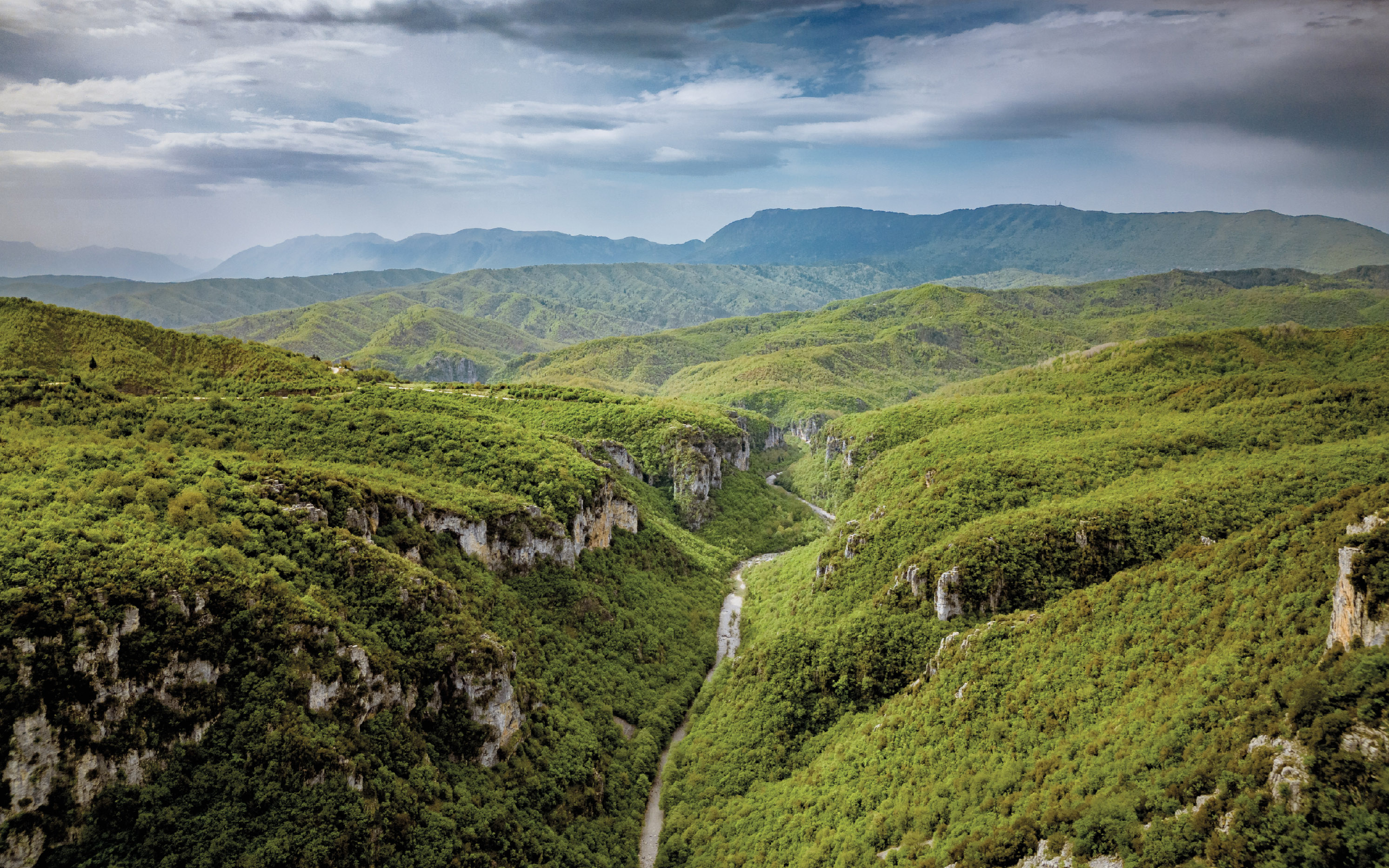These have been preserved as certain uses are not permitted or were conditionally allowed when the community and the Church were in consensus and continue to be protected through supernatural beliefs. These forests protect settlements from landslides, rock falls or avalanches, preserve the underground aquifer and in the past also acted as reserves, usually serving emergency needs of communities. At the same time, they are considered as “ornaments” of the settlements. They have an aesthetic as well as a religious function since they are places of recreation, pilgrimage and places of worship. Since 2015, the sacred forests of the villages of Zagori and Konitsa are included in the National Inventory of Intangible Cultural Heritage as locally adapted management systems and are considered extremely valuable elements that “bind” the natural and cultural heritage of the place
